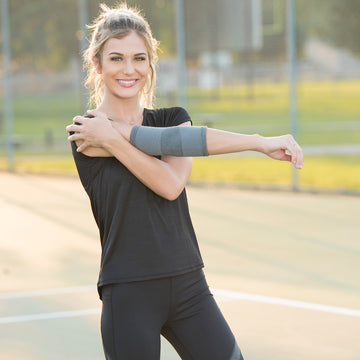Blog

Equine Blog
Everyday Habits That Improve Riding
There are several practices riders can incorporate into their daily lives to become stronger in...
Read more
equine
How Horses See the World: 10 Things to Know
As riders, it’s very easy to assume everything sees the world as we do. From...
Read more
equine
How to Prevent Lameness in Your Horse
It’s every horse owner’s worst nightmare. The moment you watch your horse trot across the...
Read more
Animal Care
Inflamed Joints in Horses
Healthy joint function is essential for all animals including horses. Joint inflammation can come on...
Read more
Equine Wellness
Curb in Horses
Horses are extremely active animals. From racing and jumping to strategically controlling their movements through...
Read more
equine wellness
Homemade Equine Treats
Horses and their owners connect through experiences and the time they share together. So, what...
Read more
equine wellness
Equine Sacroiliac Injuries
The sacroiliac joint is a location where the horses back and pelvis meet. It transfers...
Read more
Dehydration
Winter Dehydration
Dehydration in horses during the winter is more of an issue than most people tend...
Read more
Animal Care
RAO or Heaves
The winter causes many horse owners to be particularly cautious of their horse’s health care....
Read more
equine wellness
Signs of Equine Neck Pain
Your horse's neck is an amazing system with over a hundred different muscles and seven...
Read more
equine
Senior Horse Nutrition
Do you own a senior horse? Are you concerned about their health? If you answered...
Read more
equine wellness
Is Your Horse Stressed?
Just as humans experience stress in situations that are mentally or physically difficult, horses also...
Read more









